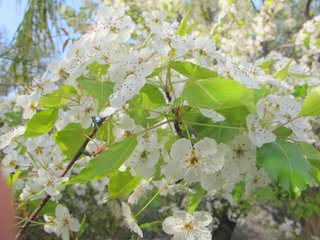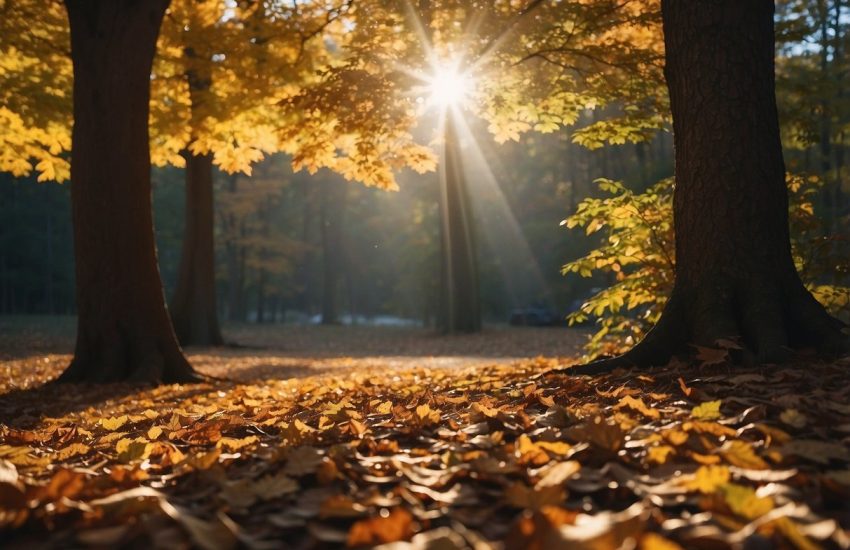Palm Trees in Alabama: Types, Care Tips, and Where to Find Them
Palm trees are often associated with tropical beaches and warm climates, but did you know that they can also thrive in Alabama? While the state is not typically known for its palm trees, there are actually several species that can grow well in the Alabama landscape. In fact, some palm trees have been known to survive even the coldest winters in the state.

One of the most popular palm trees in Alabama is the Sabal palmetto, also known as the cabbage palm. This tree is native to the southeastern United States and can be found growing in coastal areas of Alabama. It is a hardy tree that can withstand cold temperatures and strong winds, making it a great choice for landscaping in the state.
Another palm tree that can be found in Alabama is the Washingtonia palm, also known as the Mexican fan palm. This tree is native to the southwestern United States and Mexico, but can also grow well in Alabama. It is known for its tall, slender trunk and large fan-shaped leaves, which make it a striking addition to any landscape. With the right care and maintenance, palm trees can add a tropical touch to the Alabama landscape and thrive in the state’s unique climate.
Climate and Geography of Alabama

Subtropical Climate
Alabama is a state located in the southern part of the United States. It has a humid subtropical climate, which is characterized by hot summers and mild winters. The state is situated near the Gulf of Mexico and the Atlantic Ocean, which contributes to its warm and humid climate.
The average temperature in Alabama ranges from 60°F in January to 80°F in July. The state receives an average of 58 inches of rainfall per year, which is evenly distributed throughout the year. The high humidity levels and warm temperatures make Alabama an ideal location for growing subtropical plants like palm trees.
Microclimates and Hardiness Zones
The climate and geography of Alabama are diverse, which results in microclimates that can affect the growth of palm trees. The state is divided into several hardiness zones, which are used to determine which plants can grow in a particular region.
The southern part of the state, which is closer to the Gulf of Mexico, has a warmer climate and is more suitable for growing palm trees. The northern part of the state, which is farther away from the coast, has a cooler climate and is less suitable for growing palm trees.
In conclusion, Alabama’s subtropical climate and diverse geography make it an ideal location for growing palm trees. However, the state’s hardiness zones and microclimates must be taken into consideration when selecting the appropriate palm tree species to grow.
Characteristics of Palm Trees

Physical Features
Palm trees are tall, slender trees with a single trunk that grows straight up from the ground. The trunk is covered with a rough bark that protects the tree from environmental stressors. At the top of the trunk, there is a crown of green fronds that form a fan-like canopy. The foliage of palm trees is evergreen, meaning that the green canopy remains throughout the year.
The fronds of palm trees are unique in that they are composed of a series of leaflets that grow from a central axis. The leaflets are arranged in a feather-like pattern, giving the fronds a delicate and graceful appearance. The fronds are also an important part of the tree’s reproductive system, as they produce flowers and fruit.
Palm Tree Varieties in Alabama
There are several varieties of palm trees that can be found in Alabama. One of the most common is the Windmill Palm, which is known for its ability to withstand cold temperatures. Another popular variety is the Canary Island Date Palm, which is prized for its ornamental value and ability to grow in a wide range of soil types.
Other palm tree varieties that can be found in Alabama include the Chinese Windmill Palm, the Pindo Palm, and the Sago Palm. Each of these varieties has unique characteristics that make them well-suited to the Alabama climate.
In conclusion, palm trees are a unique and beautiful addition to the Alabama landscape. Their physical features, such as their fan-like fronds and green canopy, make them stand out from other trees. With a variety of palm tree species to choose from, there is sure to be a palm tree that is well-suited to any landscaping project.
Cultivating Palm Trees in Alabama
Soil Requirements
Palm trees require well-draining soil that is rich in organic matter. In Alabama, the soil tends to be heavy and clay-like, which can cause drainage issues. Therefore, it is important to amend the soil with sand, peat moss, or compost to improve drainage and fertility. The ideal pH range for palm trees is between 6.0 and 7.5. A soil test can help determine the soil’s pH level and nutrient content.
Planting and Maintenance
When planting palm trees in Alabama, it is important to choose a site with full sun exposure and protection from strong winds. The planting hole should be two to three times wider than the root ball and the same depth as the root ball. After planting, water the tree deeply and regularly to encourage root growth. Mulching around the base of the tree can help retain moisture and suppress weeds.
Palm trees in Alabama require regular maintenance to stay healthy and attractive. Regular watering, fertilization, and pruning are necessary to promote healthy growth and prevent diseases. Fertilization should be done in spring and fall using a slow-release fertilizer. Pruning should be done to remove dead or damaged fronds and to maintain the tree’s shape.
Cold Hardiness and Protection
While palm trees are not native to Alabama, some species can thrive in the state’s climate with proper care. However, they are not cold hardy and require protection from freezing temperatures. When temperatures drop below 20°F, palm trees can suffer damage or die. Therefore, it is important to protect the tree during winter by wrapping the trunk with burlap or blankets and covering the fronds with frost cloth.
In conclusion, cultivating palm trees in Alabama can be a rewarding experience with the right soil, planting, and maintenance practices. By following the guidelines outlined above, gardeners can enjoy the beauty and tropical feel of palm trees in their landscape.


